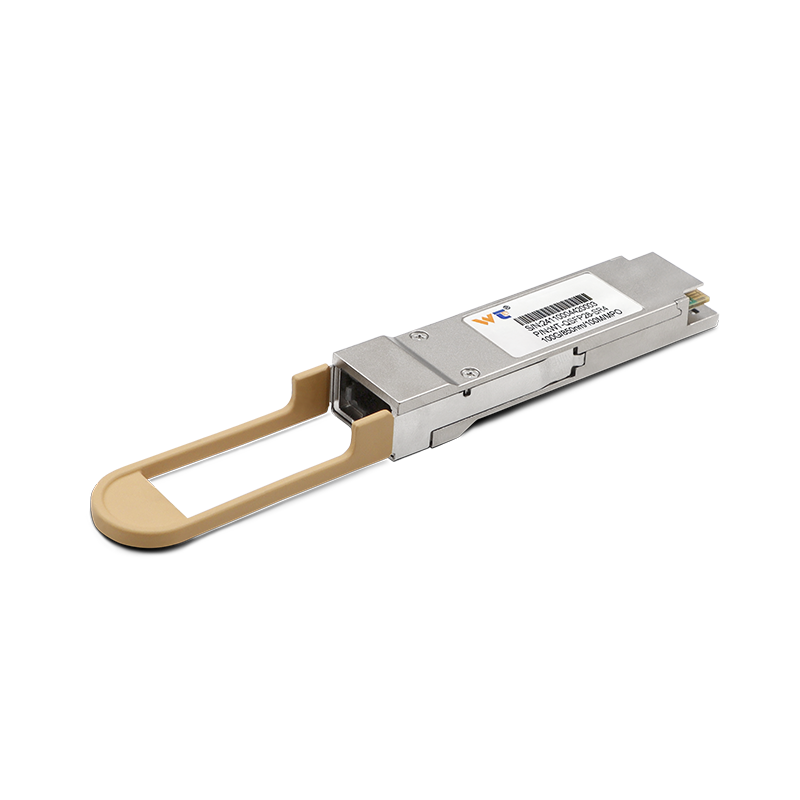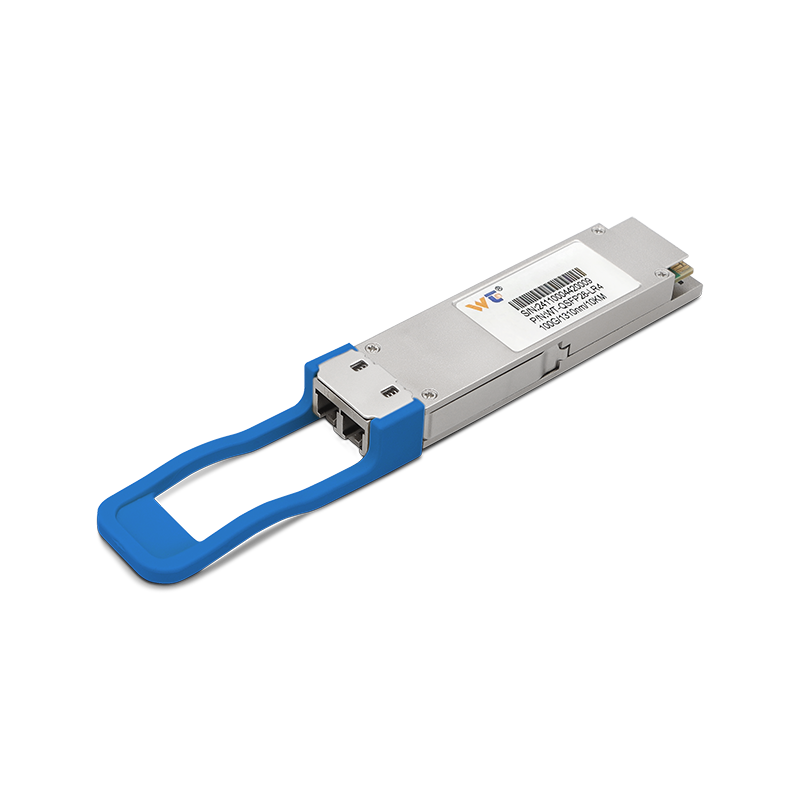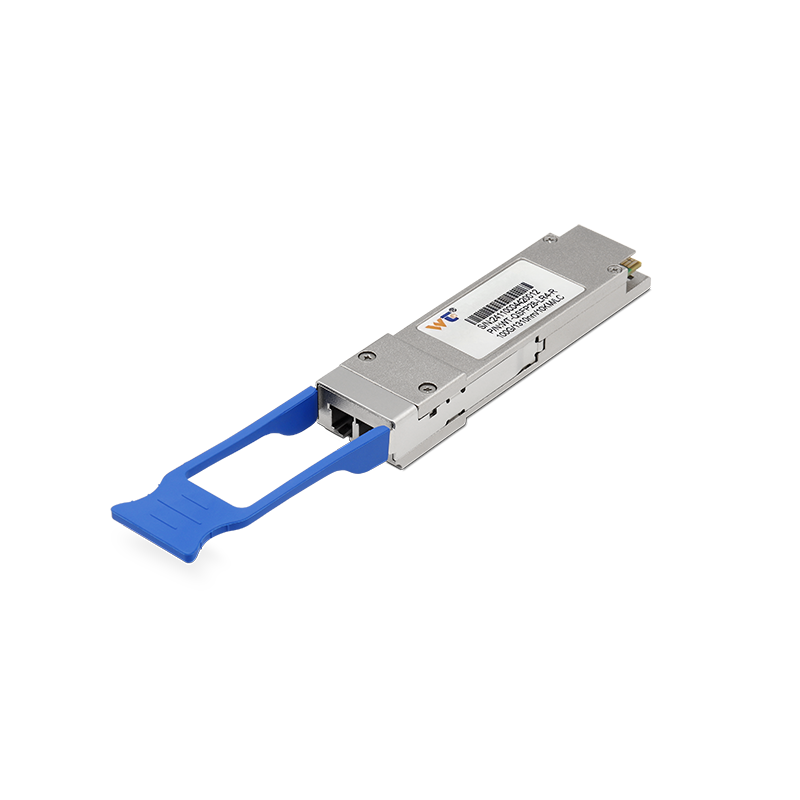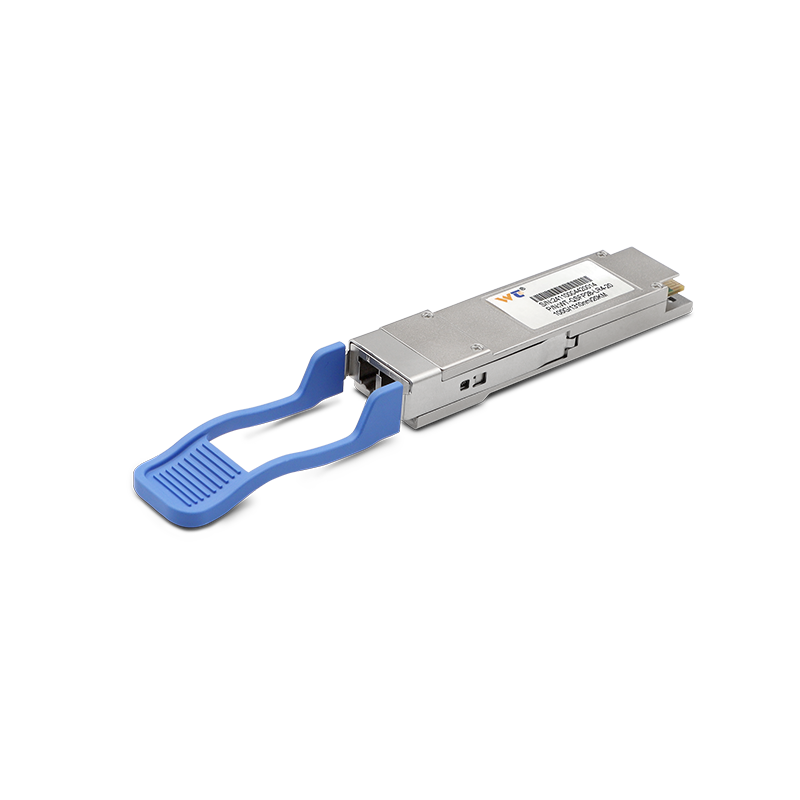The field of optical modules is witnessing a transformative revolution, particularly in the realm of intelligent manufacturing. This industry's evolution is propelled by the demand for efficient data transmission and real-time collaboration, critical components for enhancing productivity and operational efficiency. By 2025, we anticipate a marked increase in the need for 100G optical modules, driven by the escalating requirements for high-speed data processing and seamless connectivity.
The market for optical modules is flourishing, with trends indicating a robust growth trajectory. As industries increasingly embrace automation and smart technology, the reliance on high-performance optical systems is critical. In 2023, the total revenue in the optical module market is projected at $20 billion, with expected growth of about 15% annually through 2025. This surge illustrates a clear trend toward integration of optical modules in various applications, ranging from data centers to manufacturing floors. The demand for faster data rates, like 100G, is reshaping the how organizations facilitate collaboration among workforce and machines.
The following table summarizes the key technologies and functionalities of optical modules:
| Technology | Description | Application Areas |
|---|---|---|
| DFB Lasers | Directly modulated lasers offering high performance. | Data centers, long-haul communication |
| Photodetectors | Convert optical signals back to electrical signals. | Network interfaces, optical transmission |
| Transceivers | Bidirectional data transmission devices. | Telecom, enterprise networks |
| Optical Amplifiers | Enhance signal strength over long distances. | Fiber optic lines, satellite communication |
| Wavelength Division Multiplexing | Increases capacity by using multiple wavelengths. | Data-intensive applications |
Among the various types of optical modules, 100G optical modules are pivotal. These modules are defined by their ability to facilitate high-speed data transmission with minimal latency. Key types include 100G SR (Short Reach) modules for data centers, 100G LR (Long Reach) modules for metropolitan networks, and 100G ER (Extended Reach) modules for long-distance communication. Each type serves distinct applications, ensuring that users can choose solutions tailored to their bandwidth and distance requirements. The integration of these modules enables sophisticated network architectures, providing avenues for real-time data sharing and collaboration.
As we project into 2025, the implementation of optical modules is not just a theoretical consideration, but a practical requirement for advanced network configurations and smart manufacturing systems. One illustrative example is the use of 100G optical modules in automated factories, where real-time analytics drive decision-making. This enables flawless communication among machines, thereby optimizing production lines and reducing downtime through predictive maintenance. In these scenarios, the deployment of these technologies ensures that production data is continuously analyzed and processed, enhancing overall operational efficiency.
Our website offers a wide range of optical module products, meticulously tested for quality assurance. Each module is guaranteed to perform exceptionally in diverse application scenarios. Whether you require solutions for high-speed data transmission or long-distance communication, our optical modules are designed to meet your needs effectively. With rigorous quality checks in place, we ensure reliability in every deployment.
In summary, the increasing integration of 100G optical modules in intelligent manufacturing signifies a pivotal shift towards smarter, more efficient industrial operations. With their ability to support real-time collaboration and high-speed data transfer, these modules are indispensable in meeting the demands of tomorrow's technology landscape. The developments we envisage for 2025 are not only exciting but necessary for the future of the industry.






